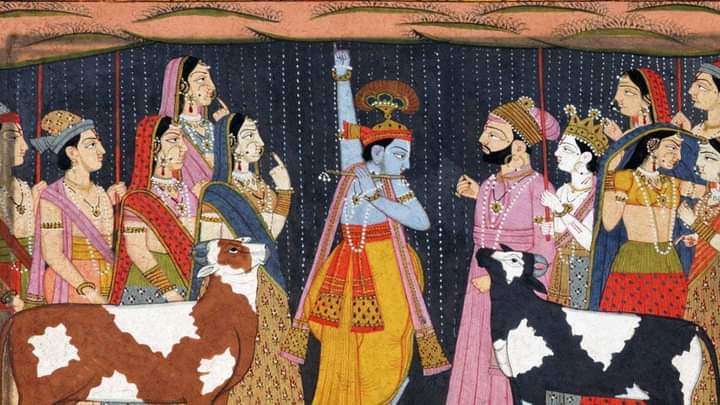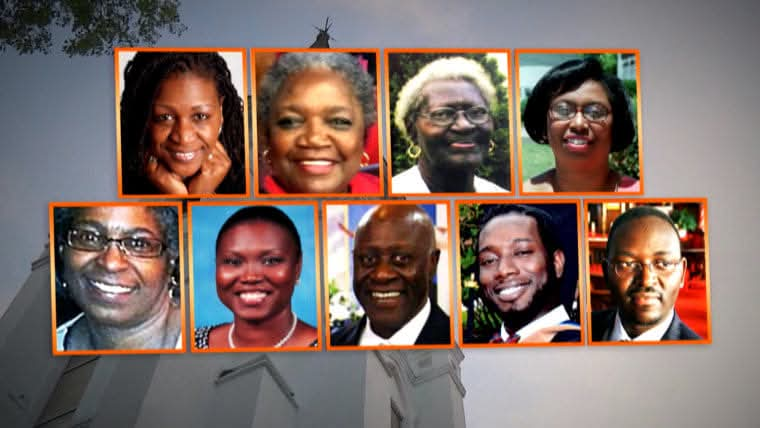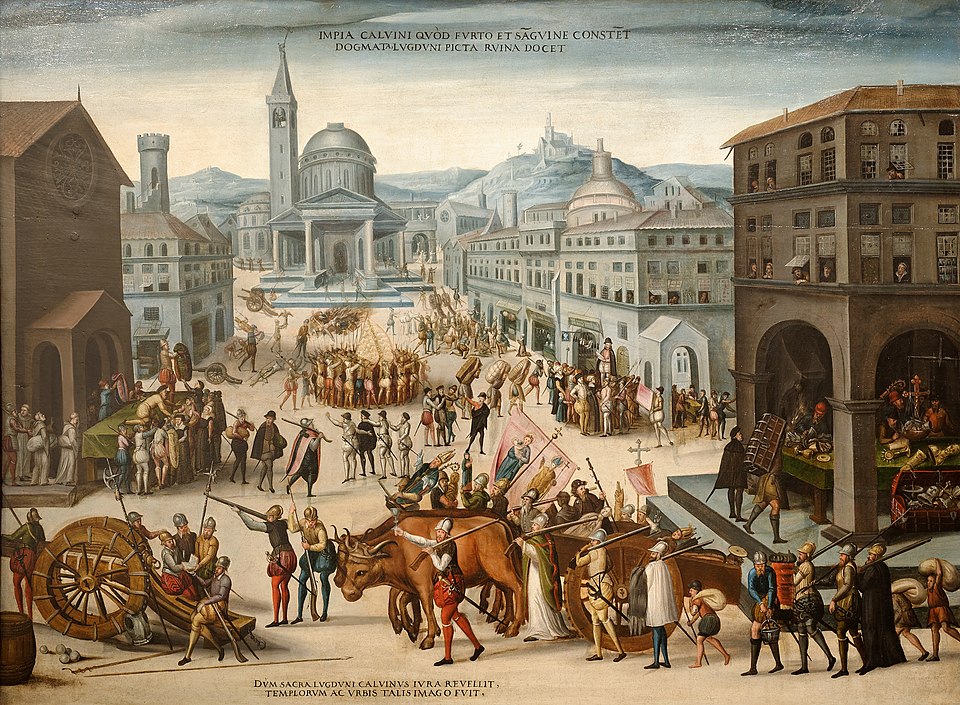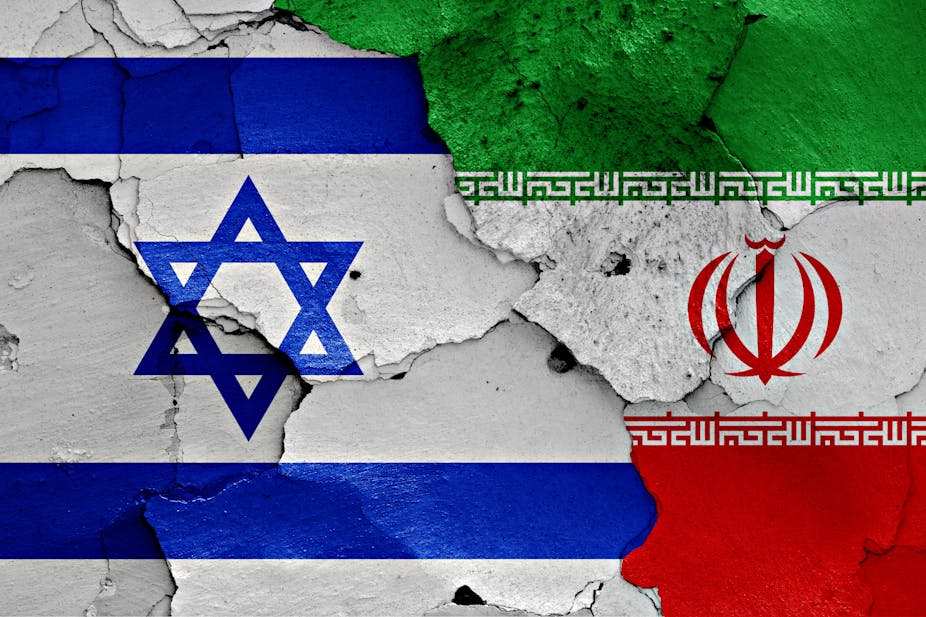THE OLDEST RELIGION IN THE WORLD

Did you know that according to many scholars, Hinduism is the world’s oldest religion, with roots and customs dating back more than 4,000 years?
Today, with about 900 million followers, Hinduism is the third-largest religion behind Christianity and Islam. Roughly 95 percent of the world’s Hindus live in India. Because the religion has no specific founder, it’s difficult to trace its origins and history. Hinduism is unique in that it’s not a single religion but a compilation of many traditions and philosophies. Hinduism is closely related to other Indian religions, including Buddhism, Sikhism and Jainism.
✅ HINDU BELIEFS
Hinduism embraces many religious ideas as opposed to a single, organized religion. Most forms of Hinduism are henotheistic, which means they worship a single deity, known as “Brahman,” but still recognize other gods and goddesses. Followers believe there are multiple paths to reaching their god. Hindus also believe in the doctrines of samsara (the continuous cycle of life, death, and reincarnation) and karma (the universal law of cause and effect). One of the key thoughts of Hinduism is “atman,” or the belief in soul. This philosophy holds that living creatures have a soul, and they’re all part of the supreme soul. The goal is to achieve “moksha,” or salvation, which ends the cycle of rebirths to become part of the absolute soul. Another fundamental principle of the religion is the idea that people’s actions and thoughts directly determine their current life and future lives. Hindus therefore strive to achieve dharma, which is a code of living that emphasizes good conduct and morality. The religion reveres all living creatures and consider the cow a sacred animal. Food is an important part of life for Hindus but most don’t eat beef or pork, and many are vegetarians.
✅ HINDUISM SYMBOLS
There are two primary symbols associated with Hinduism, the om and the swastika. The word swastika means "good fortune" or "being happy" in Sanskrit, and the symbol represents good luck. (A diagonal version of the swastika later became associated with Germany’s Nazi Party when they made it their symbol in 1920). The om symbol is composed of three Sanskrit letters and represents three sounds (a, u and m), which when combined are considered a sacred sound. The om symbol is often found at family shrines and in Hindu temples.
✅ HINDUISM HOLY BOOKS
The primary sacred texts, known as the Vedas, were composed around 1500 B.C. This collection of verses and hymns was written in Sanskrit and contains revelations received by ancient saints and sages. The Vedas are made up of: the Rig Veda, the Samaveda, Yajurveda and Atharvaveda. Hindus believe that the Vedas transcend all time and don’t have a beginning or an end. Also considered as important texts are the Upanishads, the Bhagavad Gita, 18 Puranas, Ramayana and Mahabharata.
✅ ORIGINS OF HINDUISM
Most scholars believe Hinduism started somewhere between 2300 B.C. and 1500 B.C. in the Indus Valley, near modern-day Pakistan. But many Hindus argue that their faith is timeless and has always existed. Unlike other religions, Hinduism has no one founder but is instead a fusion of various beliefs. Around 1500 B.C., the Indo-Aryan people migrated to the Indus Valley, and their language and culture blended with that of the indigenous people living in the region. There’s some debate over who influenced who more during this time. The period when the Vedas were composed became known as the “Vedic Period” and lasted from about 1500 B.C. to 500 B.C. Rituals, such as sacrifices and chanting, were common in the Vedic Period. The Epic, Puranic and Classic Periods took place between 500 B.C. and 500 A.D. Hindus began to emphasize the worship of deities, especially Vishnu, Shiva and Devi. The concept of dharma was introduced in new texts, and other faiths, such as Buddhism and Jainism, spread rapidly.
✅ MEDIEVAL AND MODERN HINDU HISTORY
The Medieval Period of Hinduism lasted from about 500 to 1500 A.D. New texts emerged, and poet-saints recorded their spiritual sentiments during this time. In the 7th century, Muslim Arabs began invading areas in India. During parts of the Muslim Period, which lasted from about 1200 to 1757, Islamic rulers prevented Hindus from worshipping their deities, and some temples were destroyed. Between 1757 and 1947, the British controlled India. At first, the new rulers allowed Hindus to practice their religion without interference. But later, Christian missionaries sought to convert and westernize the people. Many reformers emerged during the British Period. The well-known politician and peace activist, Mahatma Gandhi, led a movement that pushed for India’s independence. The partition of India occurred in 1947, and Gandhi was assassinated in 1948. British India was split into what are now the independent nations of India and Pakistan, and Hinduism became the major religion of India. Starting in the 1960s, many Hindus migrated to North America and Britain, spreading their faith and philosophies to the western world
✅ HINDUISM VS. BUDDHISM
Hinduism and Buddhism have many similarities. Buddhism, in fact, arose out of Hinduism, and both believe in reincarnation, karma and that a life of devotion and honor is a path to salvation and enlightenment. But some key differences exist between the two religions: Buddhism rejects the caste system of Hinduism, and does away with the rituals, the priesthood and the gods that are integral to the Hindu faith.
✅ HINDU CASTE SYSTEM
The caste system is a social hierarchy in India that divides Hindus based on their karma and dharma. Many scholars believe the system dates back more than 3,000 years. The four main castes (in order of prominence) include: (1) Brahmin: the intellectual and spiritual leaders, (2) Kshatriyas: the protectors and public servants of society, (3) Vaisyas: the skillful producers, and (4) Shudras: the unskilled laborers. Many subcategories also exist within each caste. The “Untouchables” are a class of citizens that are outside the caste system and considered to be in the lowest level of the social hierarchy. For centuries, the caste system determined every aspect of a person’s social, professional and religious status in India. When India became an independent nation, its constitution banned discrimination based on caste. Today, the caste system still exists in India but is loosely followed. Many of the old customs are overlooked, but some traditions, such as only marrying within a specific caste, are still embraced.
✅ HINDU GODS
Hindus worship many gods and goddesses in addition to Brahman, who is believed to be the supreme God force present in all things. Some of the most prominent deities include: (1) Brahma: the god responsible for the creation of the world and all living things; (2) Vishnu: the god that preserves and protects the universe; (3) Shiva: the god that destroys the universe in order to recreate it; (4) Devi: the goddess that fights to restore dharma; (5) Krishna: the god of compassion, tenderness and love; (6) Lakshmi: the goddess of wealth and purity; and (7) Saraswati: the goddess of learning
✅ HINDU PLACES OF WORSHIP
Hindu worship, which is known as “puja,” typically takes place in the Mandir (temple). Followers of Hinduism can visit the Mandir any time they please. Hindus can also worship at home, and many have a special shrine dedicated to certain gods and goddesses. The giving of offerings is an important part of Hindu worship. It’s a common practice to present gifts, such as flowers or oils, to a god or goddess. Additionally, many Hindus take pilgrimages to temples and other sacred sites in India.
✅ SECTS OF HINDUISM
Hinduism has many sects, and is sometimes divided into the following: Shaivism (followers of Shiva), Vaishnava (followers of Vishnu), Shaktism (followers of Devi), Smarta (followers of Brahman and all major deities). Some Hindus elevate the Hindu trinity, which consists of Brahma, Vishnu and Shiva. Others believe that all the deities are a manifestation of one.
✅ HINDU HOLIDAYS
Hindus observe numerous sacred days, holidays and festivals. Some of the most well-known include: Diwali: the festival of lights, Navaratri: a celebration of fertility and harvest, Holi: a spring festival, Krishna Janmashtami: a tribute to Krishna’s birthday, Raksha Bandhan: a celebration of the bond between brother and sister, and Maha Shivaratri: the great festival of Shiva
Source: https://www.history.com/topics/religion/hinduism
#penglobalhistory



